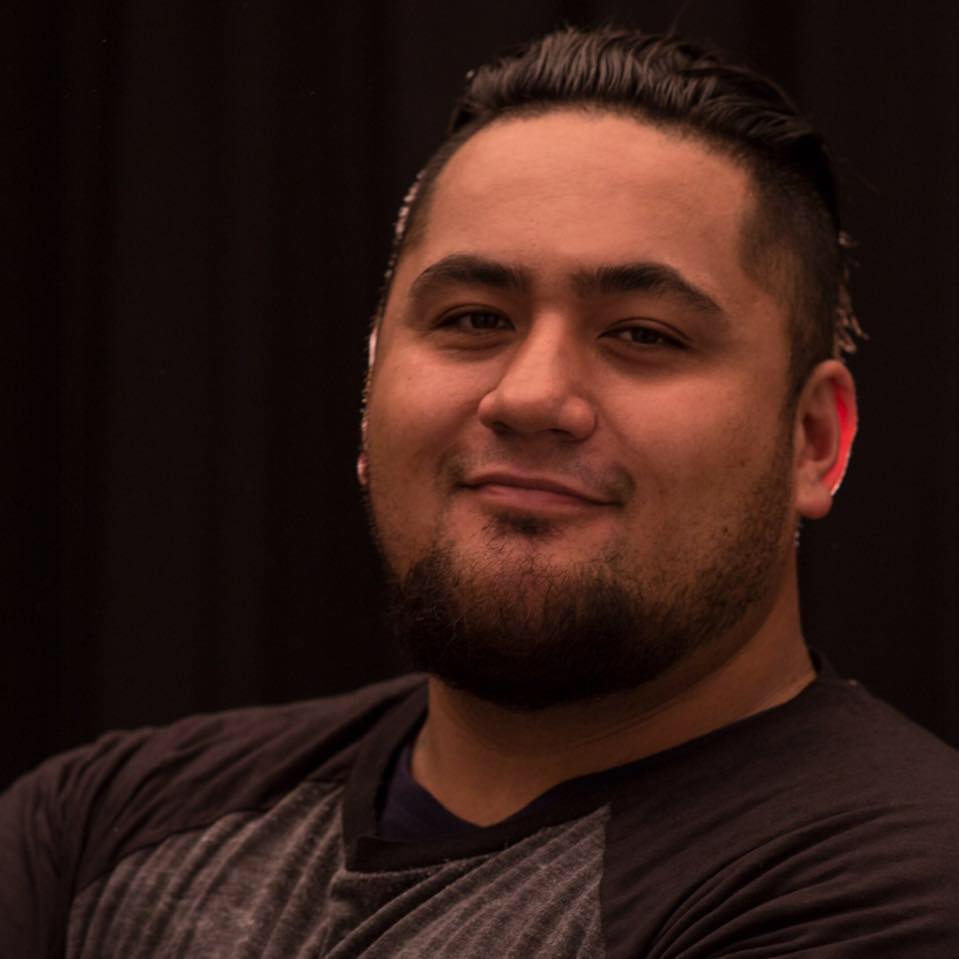
Kennedy Kioa Toi Faimanifo is a digital creative from Takaanini, South Auckland. SOUNZ engaged Kenedy and his team at Manatao Productions to create two pacific music animations - the Dulali Bitu Ceguvi and the Foafoa. Kennedy later worked for SOUNZ on a collaboration with composer Jeremy Mayall to produce the western music animation called The Art of Composing. His illustrious career saw him work on Bro Town, Maze Runner, Mortal Engines, Avatar, and now Disney Marvel’s She-Hulk. Nina Lesperance caught up with Kennedy to learn more about his fantastic career.
What inspires your work?
I am a big fan of Disney and Marvel. My childhood was watching that stuff and being a little geek so watching the behind the scenes was more interesting than the movie itself. It helped me visualise what it was like to actually work in that space. Still, today, these films inspire me because they are better than ever.
On the business side, it would be awesome to see a hundred versions of me from South Auckland to all be in the same creative place that I am. That may be working in an amazing place or working for themselves and getting good pay. Not many of us are out here doing that in South Auckland, and it would be awesome to show our whanau, aiga that it's possible to earn awesome money doing what we love.
Can you tell us about any projects you are currently working on?
I am currently working on a Marvel Disney show, doing that from Takaanini, South Auckland. I am just as proud that I am doing it from Takaanini South Auckland as I am working on the show. To be someone working from South Auckland, working with Weta working on a Disney Marvel film is pretty awesome. The show is called ‘She-Hulk.’ As someone whose dream was to work on a Disney Marvel movie it's awesome to be able to do both as now they are combined, and to work on characters like The Hulk; what more can I ask for. After this, I will need to start creating new goals and dreams in terms of my career! What more can I ask for? Every day is exciting
What projects have you worked on past or present that you are really proud of?
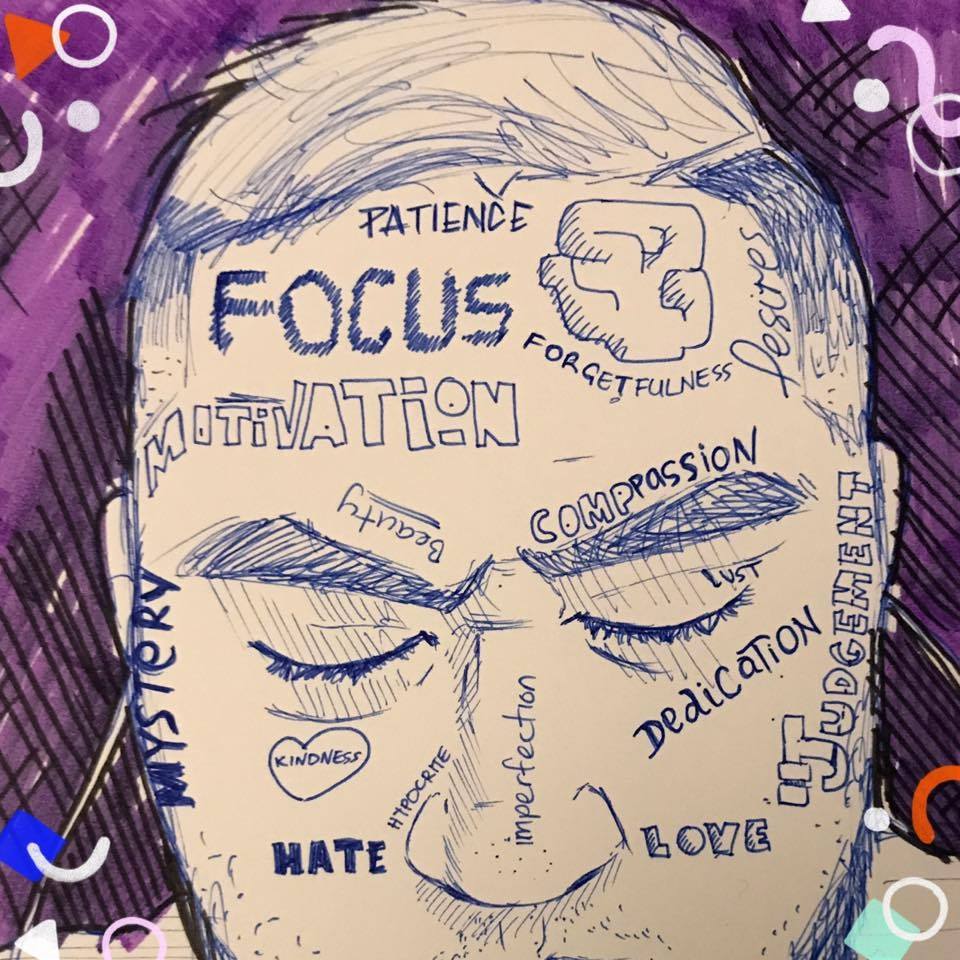 In my visual effect animation career, I worked on heaps of things I am really proud of. I have a few milestone achievements. I started off as a 2D animator and worked on ‘Bro Town.’ This was the only 2D animation group doing what we were doing; after that, 2D animation died out at least in pencil. I really had to quickly think about the next step, so I decided to pursue 3D animation. My next job was working on the Kung-fu Panda TV show. This is funny because everyone refers to me as The Kung-fu Panda. I’m very much like him, very quirky, loves dumplings, very flexible, my kicks can go above my head. I could probably eat as much as him and he is very into his figurines, yanno that's me.
In my visual effect animation career, I worked on heaps of things I am really proud of. I have a few milestone achievements. I started off as a 2D animator and worked on ‘Bro Town.’ This was the only 2D animation group doing what we were doing; after that, 2D animation died out at least in pencil. I really had to quickly think about the next step, so I decided to pursue 3D animation. My next job was working on the Kung-fu Panda TV show. This is funny because everyone refers to me as The Kung-fu Panda. I’m very much like him, very quirky, loves dumplings, very flexible, my kicks can go above my head. I could probably eat as much as him and he is very into his figurines, yanno that's me.
After that, any feature film was an awesome opportunity. My first was ‘The Maze Runner’ and then ‘Mortal Engines’, then the big one after that would have been ‘Game of Thrones’ season eight. I jinxed myself when it came to that one cause I said to myself it would be quite cool to work on the dragons. Then I had to work on the majority of the dragon shots, and they were just painful, but I was happy for the experience. After that, my last show was on ‘Avatar’, which I believe is still currently in production today. I started on that in 2017, and it's still going now. It will be cool to see that when it comes out!
I was a lecturer and still consider myself someone who tries to help upcoming artists. I was a lecturer for seven years amongst those thirteen years, and I am probably the proudest of lecturing at Whitecliffe in Manukau. I taught the level four programme, and level seven which is the last year before they go out to pursue their career. Still, it got a bit disappointing because, in year one, there were all of these amazingly talented Māori and Pasifika students, whereas, in year three, we are all of a sudden down to one or two. In my mind, I came into this to try and help our people, but they are not even getting to me, so being able to teach in Manukau for the first time in my career, in South Auckland teaching the entry-level that was probably my favourite because there is something amazing about teaching someone when it is their first time doing anything. They haven’t built any bad habits the first year; they are a sponge, but at the same time you see this flower start to blossom, and it builds really good foundations for them. It is also good for them to get a reality check that early and to not waste two years and realise that this actually isn’t what they want to do and not to sugarcoat it. Anyone who has ever been taught by me knows I don’t sugarcoat things. The highlight was working in South Auckland with a class made up of 90% Māori and Pacific people. Those are the people I wanted to connect with and continue to do so.
What has it been like working with Weta as a facial animator and what is that?
Yanno, I have spent my whole life around this space of animation, whether it be 2D or 3D or motion graphics. Basically, animation refers to many, many things. Moving something from one side of the screen to another could be considered digital animation. But when it comes to facial animation they refer to capturing the real-life facial expressions of an actor, and a lot of the time when you are animating that footage has already been shot for you. The actor has a suit on, with a camera on the face tracking all of the movement and that data will eventually be translated into a digital space to what is considered a digital puppet. That puppet has two components of animation, one being the body movement and the other being the facial movement. The first goal is to capture everything that is in the camera of that actor into the digital space. Then from there, we get creative. We can go in and elevate the performance and just make it a little bit better. We manipulate facial performance by enhancing it. You would have to re-shoot with an actor, whereas we can make a moment a little more subtle by changing the eyebrows, the eye shadow or the eyelids of the actress or actor. Our senior animators often key frame and are wizards.
So some of the films probably use a lot of facial animation because they mix between real life and digital. A good example would be ‘Planet of the Apes,’ they have actors acting all of that but the performance on the face is not a real face its a digital ape. This is where the animator really has to become the actor. They often refer to animators as actors with a mouse or actors with a pen.
Your company Manatoa productions, specialises in producing content with Tangata Moana. How has this venture allowed you to create and empower your community?
In my entire thirteen-year career I’ve been doing work with Manatoa productions on the side of my full-time job. I have been working with artists from multiple different disciplines at one time, it wasn’t until 2020 when the first covid lockdown hit that I decided to fully register my business Manatoa Productions. I then started working for a company called The Cause Collective and doing my masters at the same time which really brought it together with my production company Manatoa productions.
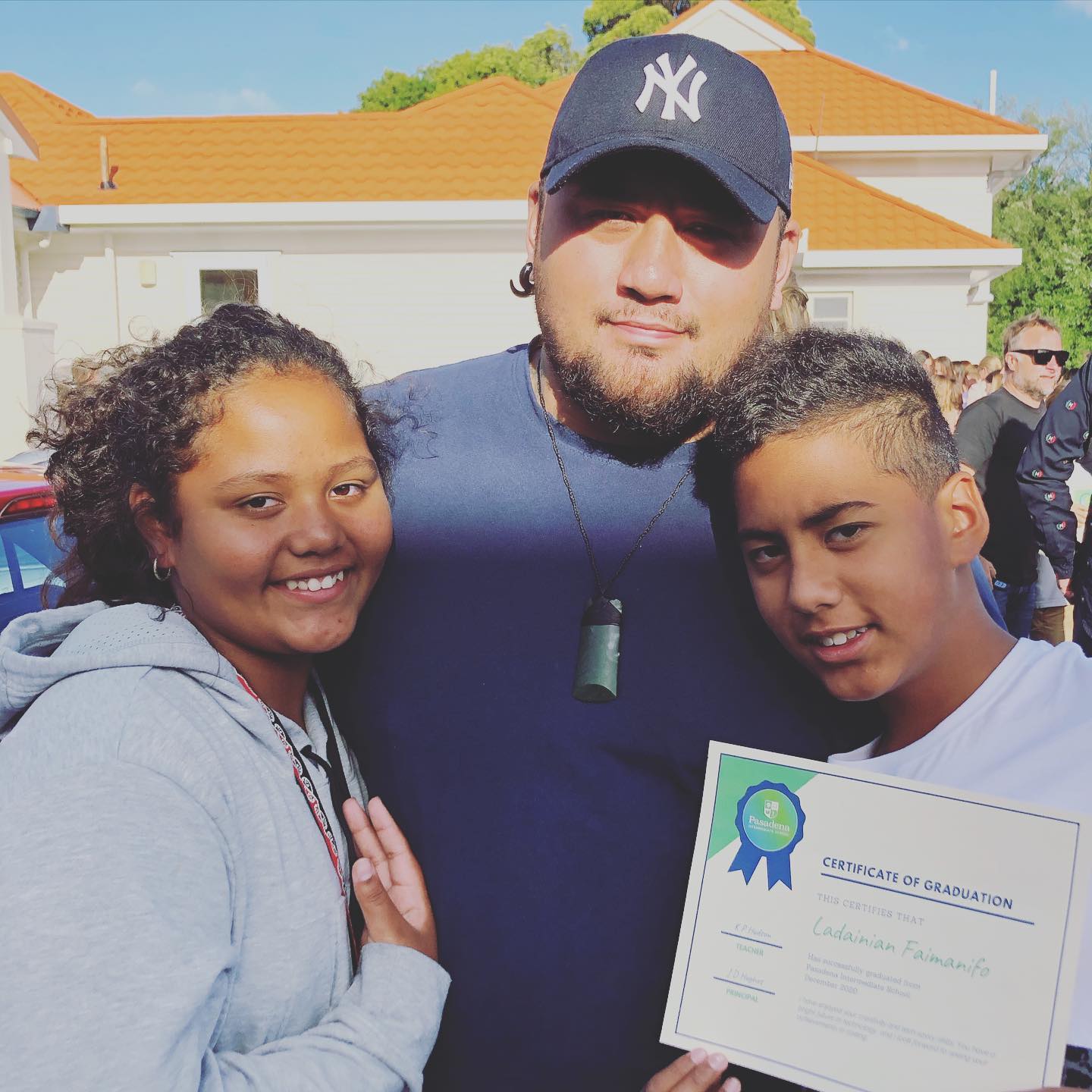
The full goal for Manatoa productions is to create and develop self sustaining futures for Tangata Moana within the digital tech industry by creating opportunities by trying to bring in the work so we can then hire people to do the mahi using Māori and Pacific artists to create the content. Through my research, for Manatoa productions it came down to our people either not having enough experience or not having enough exposure but not short of talent at all. There are not many people out there who have the passion to help Māori and Pacific to support people in general whereas we like to work with Tangata Moana. Being someone who has worked with multiple artists and has been a lecturer I can work with very raw talent, I can see the hard-working ethic and it's all about finding the opportunities for them. I have people asking me if I have full-time jobs, not yet but that is the goal. One day we are going to have a Māori Pacific version of Weta digital here in South Auckland. Where I can give all paid internships, jobs and help them build their experience and portfolios to help them with their career
Less than 4% of Māori Pacific people are working in a digital creative space and this is a $4 billion dollar industry for NZ GDP. If you think about it and there is only 4% of Māori and Pacific people working in this industry 7% of Pacific people in Auckland specifically are in low paying high-risk jobs.
The selling point does really come down to our parents. I was lucky enough to be working for The Course Collective and they specialise in social change for South Auckland. To be in the trenches with them and get feedback from them those are what truly helped me to see the problem, cause at the end of the day my solution is only a small part of the problem. It needs to be iterative, one of the many thousands of problems is that we have to convince our parents that this is a sustainable career option. I’m 35 now and my Dad is in his 60s and still believes what I am doing is not a career. He can still see his son being successful but if other kids ask can I do what Ken is doing he will say no it's not a job. It is unfortunate that you have to find ways to convince them. It is a challenge in itself because your parents have a big influence on their children. If you have John going to his first year of uni to become an animator and you have everyone around saying stop mucking around we need you to get some money for the bills. It becomes a very difficult challenge for them.
Manatoa productions are just one of four steps to the problem that I am trying to solve at the back end. The back end is employment, somewhere to go and get paid and get work experience. There is a bunch of steps we are trying to work on now to try and staircase them into employment. Now I am trying to work backwards to build those steps for them.
- Stem programmes for Rangatahi. To inspire them to become digital creatives.
- Tertiary education, qualification levels four programs all the way to level eight.
- Bridge programmes. Supporting people who are graduating and trying to get into employment. Tuputoa is a good example of this as they are a system designed for Māori Pacific people.
- Employment. Manatoa Productions is one of many solutions.
You are of Māori and Pacific descent, how does this cultural richness infuse your work?
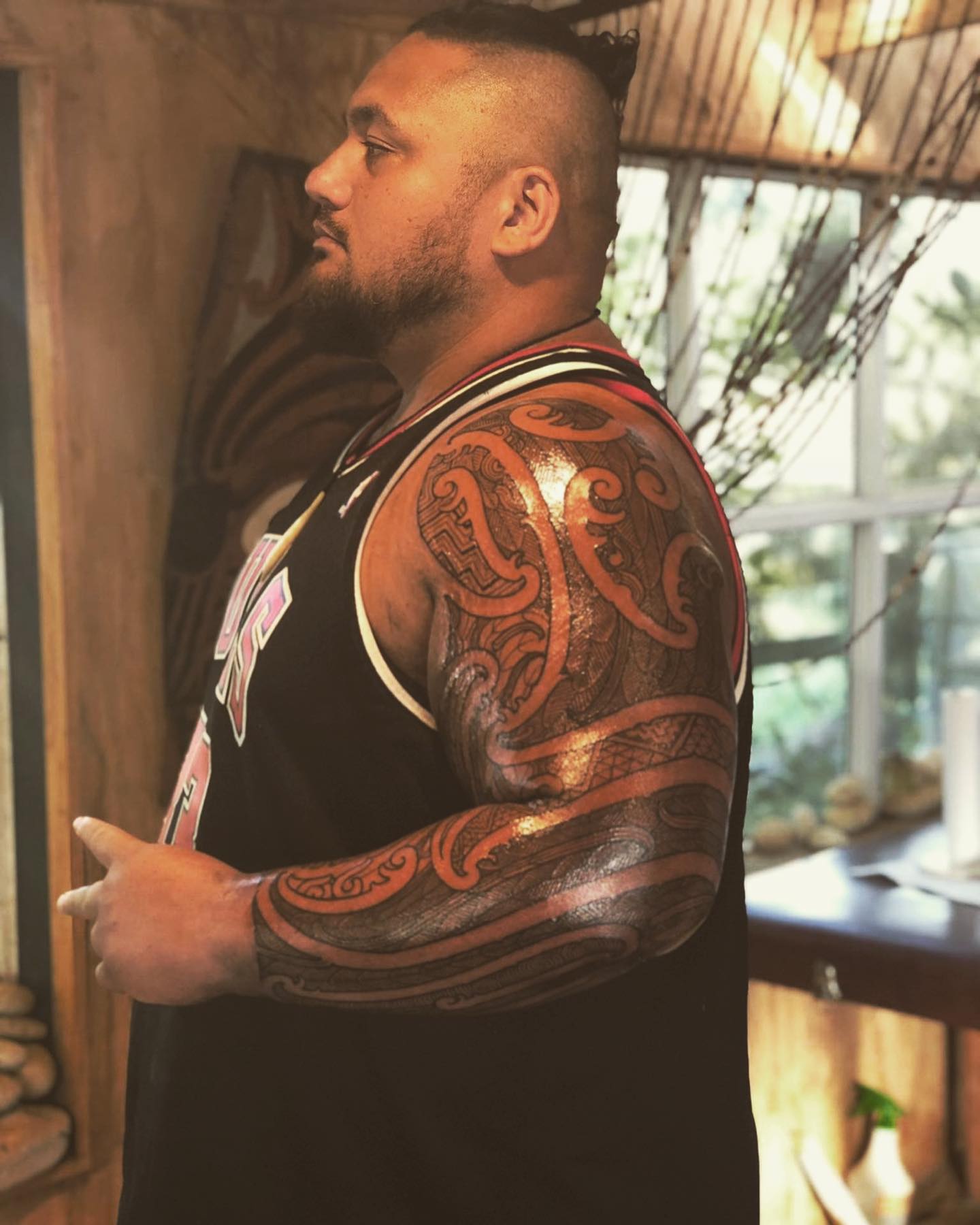 To be honest, it wasn’t until my mid-twenties that I actually started caring, as someone who was brought up, still in mainstream culture I was influenced by my Pacific side. I didn’t really have a connection to my Māori side because my Māori Whanau didn’t really have any connection to our tupuna growing up. Our whanau name is Toi and my uncle O’Dell Toi was probably the first within the whanau to take it serious, he was a graphic designer before this and in his mid 30’s had a career change and now carves and looks after troubled rangatahi. It wasn’t until I fully embraced that I could utilise this superpower. Just being born in South Auckland, being Māori, being Samoan became my superpower because we are rare, especially in my industry. My department at Weta has a high number of Pacific people in the whole of Weta and I love it. Thanks to a lady named Annie Taunga and Jacob Luamanuvae’sua many Maori and Pacific students have been shown this is a possible career path. They were strong advocates for Māori and Pacific people in South Auckland and they are really trying to motivate people to come into the industry too. Another would be Bro Town director Ali Cowley.
To be honest, it wasn’t until my mid-twenties that I actually started caring, as someone who was brought up, still in mainstream culture I was influenced by my Pacific side. I didn’t really have a connection to my Māori side because my Māori Whanau didn’t really have any connection to our tupuna growing up. Our whanau name is Toi and my uncle O’Dell Toi was probably the first within the whanau to take it serious, he was a graphic designer before this and in his mid 30’s had a career change and now carves and looks after troubled rangatahi. It wasn’t until I fully embraced that I could utilise this superpower. Just being born in South Auckland, being Māori, being Samoan became my superpower because we are rare, especially in my industry. My department at Weta has a high number of Pacific people in the whole of Weta and I love it. Thanks to a lady named Annie Taunga and Jacob Luamanuvae’sua many Maori and Pacific students have been shown this is a possible career path. They were strong advocates for Māori and Pacific people in South Auckland and they are really trying to motivate people to come into the industry too. Another would be Bro Town director Ali Cowley.
You recently worked on the Pacific animation project with SOUNZ. How did you find working on this project, and what did you learn about your cultural background along the way?
The stories were really interesting and working with Alpha Maiava and the team was awesome, the team were really awesome and we were really able to go through the process quite smoothly. I am passionate about working with creatives so any opportunity to do stuff like that, to me is amazing and I wish I could just do that every day. I love Weta but if I could get paid full time to do work on kaupapa that I do within Manatoa, we would go crazy it would be a lot of fun. There is something special and unique about working with people of the same culture as you. I was lucky enough to experience this with The Cause Collective. Everything from the music was all done by Anonomyz at 37Hz, he is so talented and Alpha Maiava on the stories and voice over. He was the advocate to get these stories made but also he didn’t realise that he had an awesome voice for it.
There is something about having a vision for something before it is made and to see it finished, its like magic and I love this magic. You visualize this entire production and worked together with the team to get it done. It use to be about paying the bills but it’s not even about that anymore. It’s just that we love doing these projects, it's an excuse for us to all get-together and work on another project. I probably have two or three going at any given time. Working with SOUNZ opened my eyes to really cool opportunities and some really cool creatives. The team at SOUNZ is really organised and made the process happen so easily.
You spent some time at Whitecliffe College in Auckland as a lecturer, how did this impact your work and career?
Was very lucky that Whitecliffs current CEO is someone that I have already worked with, I have worked at three different training providers. First, a school called Lifeway doesn’t exist anymore. They had a really cool creative space. An awesome old school campus feel. The labs were open 24 hours, everyone lived above the labs and got fed on campus. I was like wow what more could you ask for, the lecturers were around campus all the time too and they flew in special guests to lecture specialised classes. My first three years of lecturing were there. Then I got to lecture at Yoobee and the CEO there was Mark Worsop who was very straight to the point, I like those kinds of leaders.
I then went off on my own little career sprint with Weta for a few years, went to Australia for to work on more animated features and then when I came back to South Auckland to apply at Whitecliffe and Mark was the CEO there. This is during the first covid, I literally just walked into the building and I got the job once he found out it was me. I would say people like him and another lady called Ruth Cooper and another guy called Kevin, they just have this ability to see your vision, tell you no when it needs to be no but also they know when it is really going to benefit the people. This is awesome because when I get employed I am more for the people and it sounds bad but I am not on board to tick boxes for a corporate company I am there for the students. It's my goal to help people and change their lives. I guess that is why Whitecliffe is so special, I got to make that change and connect with people and really support people and our people within their vision.
Within your work you continuously inspire youth to become digital creative, are you working on any projects that involve up and coming animators at the moment?
You can’t even use the word animator anymore, we are all digital creatives. Anyone who does digital creative work, I’m genuinely trying to work with them all. To be honest it’s actually difficult to label creatives. Within the Pacific animations, I worked with India Taberner. What makes these projects more special knowing our young up and coming creative got to work on it and also make sure they get some putia for it.
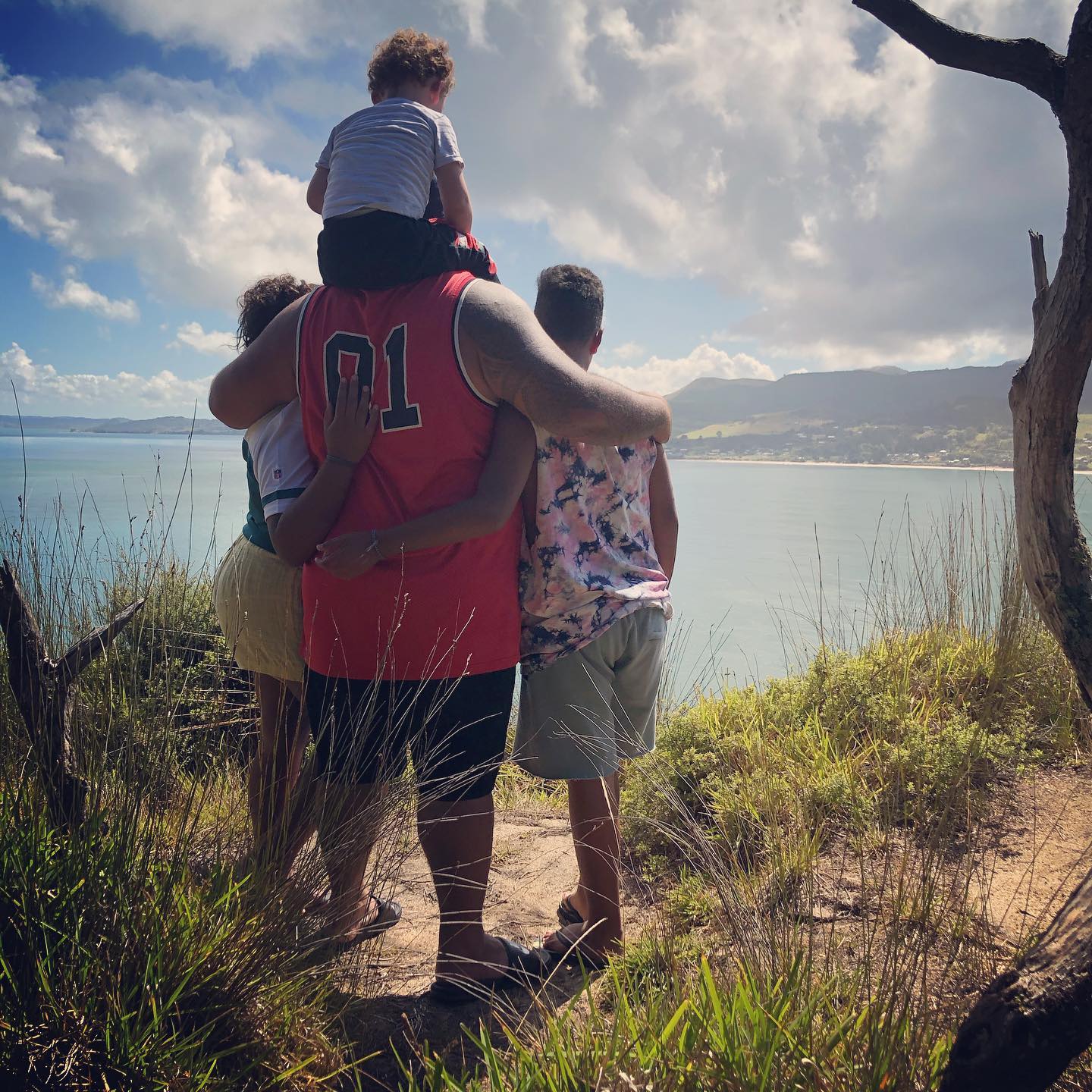
There was also a 3D animation we did for SOUNZ too. We worked with Joshua Robertson on this one. It was another all Māori and Pacific cast for this. Joshua is a third-year student doing his bachelor's who Māori. I am in a constant battle where if I find out any of my Māori Pacific students don’t have work, I have to find them some. It hurts me personally, not because I feel like I haven’t done something right by them its because the system hasn’t done something right by them or given them these opportunities. Unfortunately, some of them have just moved on.
Even at the moment I am working on another up and coming gaming artist called Blake who is a game developer. He is helping me develop one of our games called ‘The Trident of Atua.’ We are trying to develop a demo. It is going to be Manatoa’s own IP. The goal here is to build something of our own that would be self-sustaining. If I was to tell you a dream world and we had all the money we needed to run a studio, we would have a games department, a graphic department, a design department and I could tell you right now it would be 80% Tangata Moana. All my old students who think they are happy now doing what they are doing, I would rip them out of what they are doing. I know they have been hurt yanno. I know this because I have a friend who I have known since I was five years old, we both went to study animation. We did the full three years together and when we turned 21 years old, they were like no, stuff this we are just gonna move on. One became a bodybuilder and the other a factory worker. These are the narratives you chose for yourself because there wasn’t opportunity or anything there for us at the end or anyone even trying to help us in the end. I would happily go back on the entire thirteen-year career, find them all and pull them in, it is important to set up for the future.
Parting words of wisdom
If anything the goal is to work hard enough so that you never have to work another day in your life. Once you know you are enjoying your job, you will never feel like you are working again.
